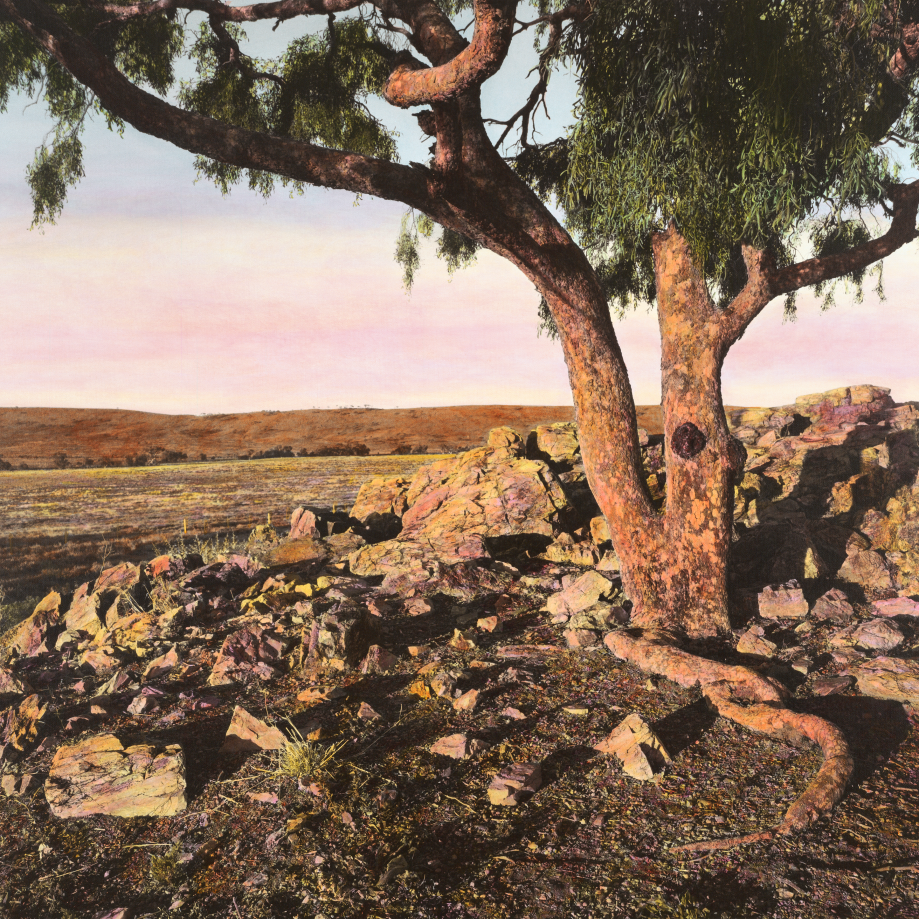The Kluge-Ruhe Aboriginal Art Collection of U.Va. will exhibit the work of photographer Nici Cumpston January 17 – May 18, 2014. Cumpston is descended from the Barkindji people of New South Wales and also recognizes her Afghan, English and Irish ancestors. She is the curator of Australian Paintings, Sculpture and Indigenous Art at the Art Gallery of South Australia.
having-been-there is a series of images created by Cumpston to document the evidence of Aboriginal occupation in Australia before European settlement. Tree engravings, ring trees, and remnants of stone tools abound in Barkindji country in central western New South Wales. These act as subtle signifiers of the spiritual ancestors that once lived in and created the landscape, and of food and water sources that ensured survival. They also serve as undeniable proof of Aboriginal people “having been there,” before and amidst the colonial assertion of terra nullius, the idea that Australia was a “land without people.” Additionally they are records of the Murray-Darling Basin river system’s natural beauty, as well as its gradual destruction over time as a result of pollution, salination, and re-routing.
Cumpston is refreshingly purposeful about her process, which combines the hand-drawn and the photographic. “Using medium format film cameras enables me to slow my pace,” she says. After printing the images in black and white on canvas, she colors them by hand with acrylic, watercolor or pencil, which gives her “time to reflect on the cultural stories shared with me by our senior cultural custodian and law man.”
The opening reception for having-been-there will be held on Friday, January 24 from 5:30 – 7:30 pm. Cumpston’s residency at U.Va., sponsored by Australia Council for the Arts, will take place in March and April 2014.
